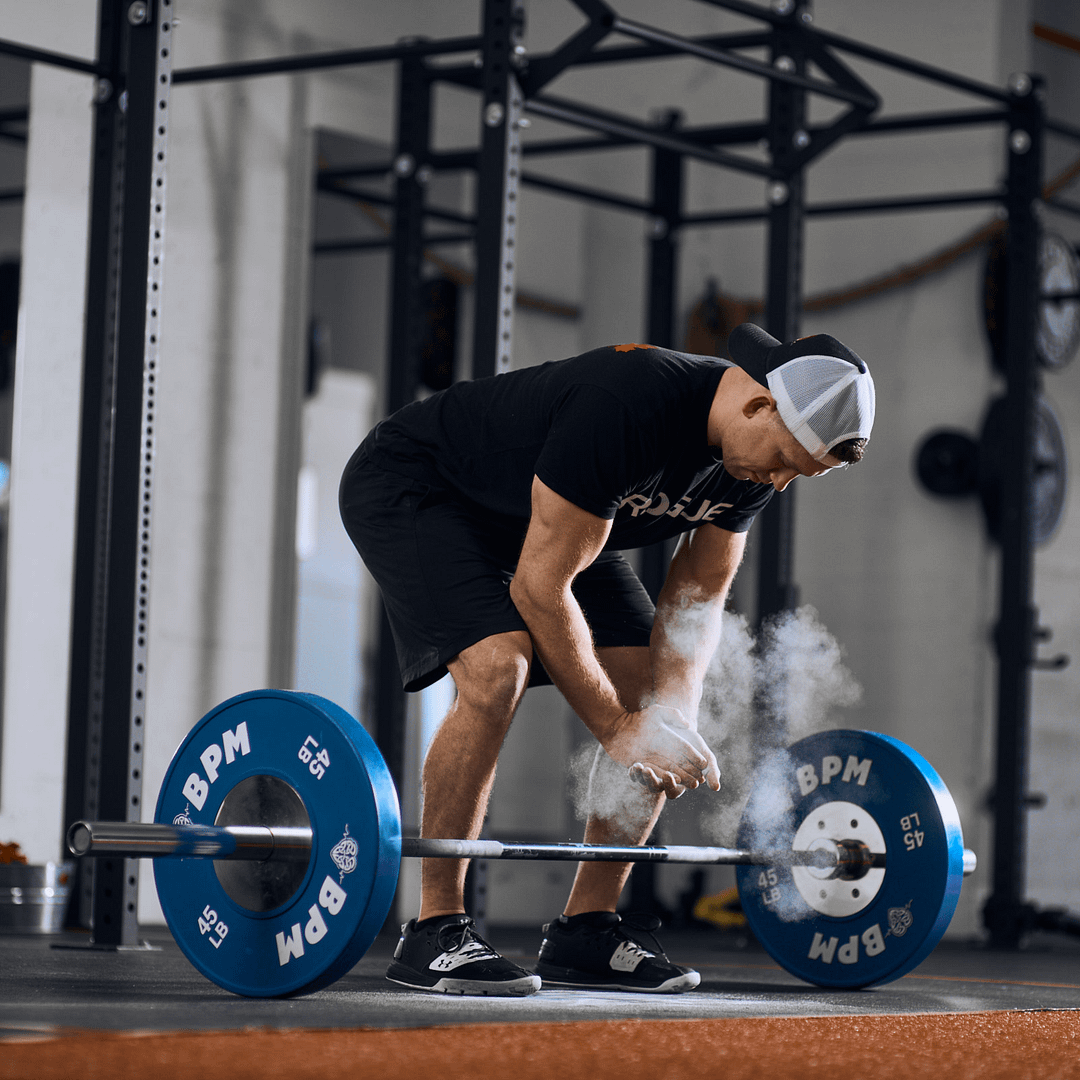[et_pb_section fb_built=”1″ _builder_version=”4.16″ da_disable_devices=”off|off|off” global_colors_info=”{}” da_is_popup=”off” da_exit_intent=”off” da_has_close=”on” da_alt_close=”off” da_dark_close=”off” da_not_modal=”on” da_is_singular=”off” da_with_loader=”off” da_has_shadow=”on”][et_pb_row _builder_version=”4.16″ background_size=”initial” background_position=”top_left” background_repeat=”repeat” global_colors_info=”{}”][et_pb_column type=”4_4″ _builder_version=”4.16″ custom_padding=”|||” global_colors_info=”{}” custom_padding__hover=”|||”][et_pb_text _builder_version=”4.27.2″ header_2_font=”Oswald|600|||||||” header_2_font_size=”30px” header_2_letter_spacing=”1px” background_size=”initial” background_position=”top_left” background_repeat=”repeat” hover_enabled=”0″ global_colors_info=”{}” sticky_enabled=”0″]
Progressive overload is an essential training principle that involves gradually increasing the stress placed on the body to promote growth and adaptation. By consistently and strategically challenging the body, individuals can boost strength, build muscle, and level up their performance. In the following paragraphs, we will cover five science-backed ways to apply progressive overload in your training regimen, which our Personal Trainers often use.
1. Increase Resistance
One effective way to apply progressive overload is by increasing the resistance or weight used in exercises. For instance, a study conducted by Mangine et al. (2015) demonstrated that participants who progressively increased their training loads during an eight-week resistance training program experienced greater increases in muscle strength and size compared to those who used a constant load.
2. Increase Volume
Another method to induce progressive overload is by increasing the training volume. This can be achieved by adding more sets, repetitions, or exercises to a workout. According to a meta-analysis by Schoenfeld et al. (2017), higher training volumes resulted in greater muscle hypertrophy compared to lower volumes.
3. Increase Intensity
Manipulating training intensity is also an effective way to apply progressive overload. For example, Fink et al. (2016) showed that participants who trained at higher intensities (75-90% of one-repetition maximum or 1RM) experienced greater increases in muscle strength compared to those who trained at lower intensities (60-65% of 1RM).
4. Increase Frequency
Increasing the frequency of training sessions per week can contribute to progressive overload as well. For instance, a study by Gomes et al. (2019) found that training a muscle group twice a week resulted in greater muscle hypertrophy compared to training it once a week.
5. Increase Time Under Tension (TUT)
Lastly, lengthening the time that muscles are under tension during a set, such as by slowing down the tempo of an exercise, can also lead to progressive overload. Burd et al. (2012) demonstrated that longer time under tension during low-load resistance training resulted in greater protein synthesis, which is a key factor in muscle growth.
Remember that the key to progressive overload is to increase the training stimulus gradually and consistently over time, allowing the body to adapt and grow without increasing the risk of injury or overtraining. Monitoring your progress, proper rest and recovery, and adjusting your training variables based on individual responses are all important components of a successful progressive overload strategy.
By incorporating these science-backed techniques, you can unlock your full potential and get stronger together! If you need help with your workouts or want a custom-designed program, check out BPM’s Elevate online training platform for custom and plug-and-play programs for any goal.
References:
Burd, N. A., Andrews, R. J., West, D. W., Little, J. P., Cochran, A. J., Hector, A. J., … & Phillips, S. M. (2012). Muscle time under tension during resistance exercise stimulates differential muscle protein sub-fractional synthetic responses in men. The Journal of Physiology, 590(2), 351-362. source
Fink, J., Schoenfeld, B. J., Kikuchi, N., & Nakazato, K. (2016). Effects of drop set resistance training on acute stress indicators and long-term muscle hypertrophy and strength. Journal of Sports Medicine and Physical Fitness, 56(11), 1319-1325. source
Gomes, G. K., Franco, C. M., Nunes, P. R. P., & Orsatti, F. L. (2019). High-frequency resistance training does not promote greater muscular adaptations compared to low frequencies in young untrained men. European Journal of Sport Science, 19(7), 947-955. source
Mangine, G. T., Hoffman, J. R., Gonzalez, A. M., Townsend, J. R. (2015). The Effect of Training Volume and Intensity on Improvements in Muscular Strength and Size in Resistance-Trained Men. Journal of Strength and Conditioning Research, 29(8), 2239-2244. source
[/et_pb_text][/et_pb_column][/et_pb_row][/et_pb_section]




